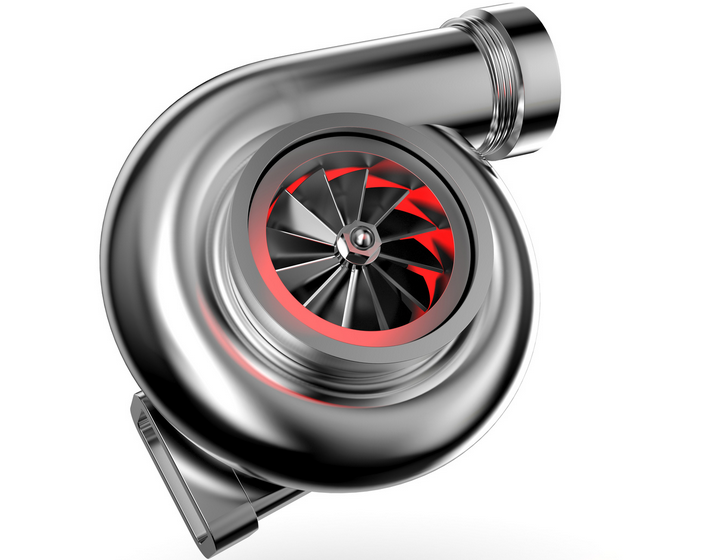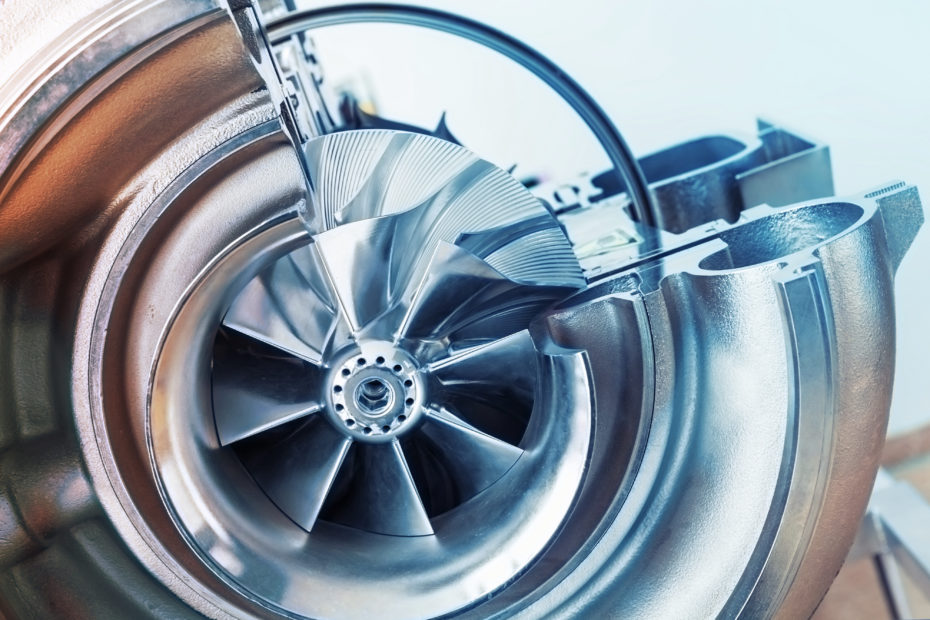Turbochargers Things To Know Before You Buy
Table of ContentsSee This Report on TurbochargersSome Known Details About Turbochargers Turbochargers for Beginners
Required induction gadget for internal combustion engines A turbocharger, informally referred to as a turbo, is a turbine- driven, forced induction device that increases an internal combustion engine's efficiency and power output by forcing extra compressed air into the combustion chamber. This enhancement over a naturally aspirated engine's power output is due to the fact that the compressor can force more airand proportionately more fuelinto the combustion chamber than air pressure (and for that matter, ram air intakes) alone - turbochargers.Today, the term "supercharger" is normally used just to mechanically driven forced induction gadgets. The crucial distinction between a turbocharger and a traditional supercharger is that a supercharger is mechanically driven by the engine, frequently through a belt connected to the crankshaft, whereas a turbocharger is powered by a turbine driven by the engine's exhaust gas.

Twincharger refers to an engine with both a supercharger and a turbocharger. Makers commonly use turbochargers in truck, car, train, aircraft, and construction-equipment engines. They are usually utilized with Otto cycle and Diesel cycle internal combustion engines. Forced induction dates back to the late 19th century, when Gottlieb Daimler patented the strategy of using a gear-driven pump to require air into an internal combustion engine in 1885.
This patent was for a substance radial engine with an exhaust-driven axial flow turbine and compressor mounted on a common shaft. The very first prototype was completed in 1915 with the aim of getting rid of the power loss experienced by airplane engines due to the reduced density of air at high elevations.
Another early patent for turbochargers was obtained in 1916 by French steam turbine inventor Auguste Rateau, for their planned use on the Renault engines used by French fighter aircrafts. Independently, 1917 testing by the American National Advisory Committee for Aeronautics and Sanford Alexander Moss revealed that a turbocharger could make it possible for an engine to avoid any power loss (compared with the power produced at sea level) at an elevation of approximately 4,250 m (13,944 ft) above water level.
The very first industrial application of a turbocharger was in 1925, when Alfred Bchi effectively installed turbochargers on ten-cylinder diesel motor, increasing the power output from 1,300 to 1,860 kilowatts (1,750 to 2,500 hp). This engine was utilized by the German Ministry of Transport for two large guest ships called the "Preussen" and "Hansestadt Danzig".
A Biased View of Turbochargers
Turbochargers were utilized on several aircraft engines during The second world war, beginning with the Boeing B-17 Flying Fortress in 1938, which utilized turbochargers produced by General Electric. Other early turbocharged planes consisted of the B-24 Liberator, P-38 Lightning, P-47 Thunderbolt and the speculative Focke-Wulf Fw 190 prototypes. Automobile and truck manufacturers started research into turbocharged engines during the 1950s, however the problems of "turbo lag" and the large size of the turbocharger were unable to be resolved at the time.
Following the 1973 oil crisis and check out this site the 1977 Clean Air Act modifications, turbocharging became more common in automobiles, as an approach to reduce fuel consumption and exhaust emissions. In contrast to turbochargers, superchargers are mechanically driven by the engine. Belts, chains, shafts, and gears are typical techniques of powering a supercharger, placing a mechanical load on the engine.

Adiabatic performance is a step of a compressor's ability to compress air without including excess heat to that air. Even under perfect conditions, the compression procedure constantly leads to raised output temperature level; nevertheless, more efficient compressors produce less excess heat. Roots superchargers impart significantly more heat to the air than turbochargers.
In useful application the disparity in between the 2 can be remarkable, with turbochargers typically producing 15% to 30% more power based websites solely on the differences in adiabatic effectiveness (however, due to heat transfer from the hot exhaust, considerable heating does take place). By contrast, a turbocharger does not place a direct mechanical load on the engine, although turbochargers position exhaust back pressure on engines, increasing pumping losses.

The Basic Principles Of Turbochargers
Only when the engine reaches sufficient speed does the turbine area start to spool up, or spin quickly enough to produce intake pressure above atmospheric pressure. A combination of an exhaust-driven turbocharger and an engine-driven supercharger can alleviate the weaknesses of both. This method is called twincharging. In the case of Electro-Motive Diesel's two-stroke engines, the mechanically helped turbocharger is not specifically a twincharger, as the engine utilizes the mechanical support to charge air just at lower engine speeds and start-up.
This differs from a turbocharger that utilizes the compressor section of the turbo-compressor only throughout starting and, as a two-stroke engines can not naturally aspirate, and, according to SAE definitions, a two-stroke engine with a mechanically assisted compressor during idle and low throttle is thought about naturally aspirated. In naturally aspirated piston engines, intake gases are drawn or "pushed" into the engine by atmospheric pressure filling the volumetric void brought on by the down stroke of the piston (which creates a low-pressure area), similar to drawing liquid using read what he said a syringe. turbochargers.
